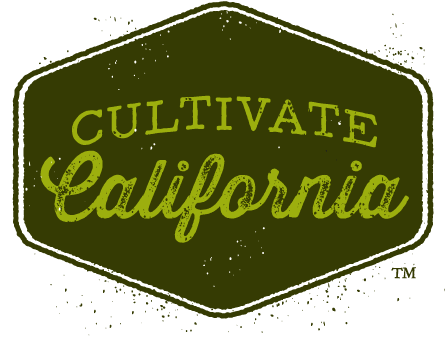By John Talbot, California Milk Advisory Board
June is National Dairy Month, and as you’d expect we are in full swing at the California Milk Advisory Board promoting the great health benefits of dairy, the industry’s contributions to our state’s economy and our commitment to sustainable practices that preserve and enhance our environment.
We’re quite proud of that last point. Dairy farmers have made considerable investments to be as sustainable and environmentally responsible as possible. In fact, since the end of World War II, dairy farmers in California and the rest of the nation have reduced the overall carbon footprint of a glass of milk by 63 percent.
And they’ve employed some high-tech measures to make that happen. For example, many dairies now use anaerobic digesters to capture methane and turn it into energy or clean transportation fuel that could partially replace diesel and reduce pollution from heavy-duty trucks traveling our busy California highways.
But being sustainable is more than reducing greenhouse gas emissions to lessen the impacts of a changing climate. How we use water is just as important. In the last 70 years, dairy farmers have continually improved their water use efficiency, so much so that today it takes about two-thirds less water to produce each glass of California milk than it did in the 1940s. That’s an incredible stat, and speaks volumes to dairy farmers’ lasting commitment to sustainability in providing such a nutrient-dense product.
Water recycling is standard practice on today’s dairy farms, where farmers use every drop to its maximum benefit. Water can be used four, sometimes five, different times within a single dairy. Clean water is used to cool large metal milk vats. That water is then used to wash the cows. That water is sent to lagoons for storage and used multiple times to flush manure out of the barns. Water from lagoons is turned into nutrient water that is used to water field crops that feed the cows. And excess water from the fields is collected in a drain pump and then used to re-irrigate fields. If that isn’t the epitome of reusing water, I don’t know what is.
In the fields, farmers are experimenting with sub-surface drip irrigation to grow feed crops, such us corn and alfalfa. Some farmers have even seen a 25 percent reduction in water use with 20-25 percent increase in average pound of feed produced.
While farmers think about water use all of the time, the drought has made all of us aware that water should not be treated as an infinite resource. Along with many other farming and ranching organizations, at the height of the drought last year the dairy industry recognized the need to bridge a knowledge gap between urban consumers and farmers when it comes to water use. The result is the Cultivate California program, which informs Californians about the pivotal role not just dairy farmers but all farmers and ranchers play in growing the delicious, healthy, safe and affordable foods that feed California families, and our continuing commitment to using water efficiently, responsibly and sustainably.
Farmers and ranchers care deeply about being stewards of the land – and our water. Our livelihoods depend on it. Because we know without water, we won’t be able to keep the state on our plate.

